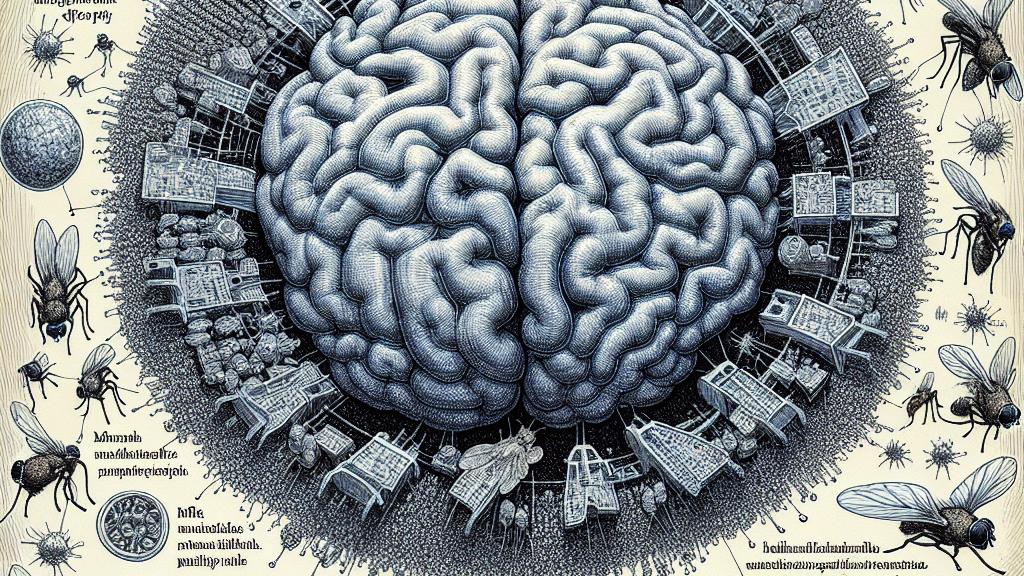Successful Complete Mapping of Fruit Fly Brain by Large Team of Scientists: A Major Step Towards Understanding Human Brain
Overview
- The FlyWire consortium achieved an extraordinary milestone by mapping the entire brain of a fruit fly, revealing a staggering 139,255 neurons and 54.5 million intricate connections.
- This groundbreaking connectome is set to revolutionize our understanding of the human brain, shedding light on the neural mechanisms behind various disorders.
- Leveraging advanced technologies like artificial intelligence for data processing, this project could propel the future of neuroscience into uncharted territory.

Mapping Accomplished in the US
In a remarkable triumph for neuroscience, the FlyWire consortium, led by researchers at Princeton University, has successfully mapped the entire brain of the fruit fly in the United States. This ambitious endeavor brought together the expertise of scholars from 122 prestigious institutions, demonstrating the immense strength of collaborative scientific efforts. Over the course of years, the team meticulously unveiled a complex network comprising 139,255 neurons and an astonishing 54.5 million connections. Picture this: a tiny brain—no larger than a poppy seed—operating like a bustling city, with neurons flickering to life as they send and receive signals, orchestrating everything from movement to sensation with incredible precision and efficiency.
The Significance of the Connectome
So, why does this connectome hold such immense significance? The neural circuitry of the fruit fly (Drosophila melanogaster) is not just fascinating; it bears striking similarities to that of humans, sharing around 60% of our genetic makeup. This connection offers invaluable insights into our brain's intricate operations. By acting as a detailed roadmap, the connectome illuminates the paths neurons take and how they interact with one another. For instance, understanding how a fruit fly navigates its environment—dodging potential predators or home in on food—can provide clues to similar decision-making processes in human brains. Such revelations may foster the development of therapeutic strategies for conditions like anxiety, depression, and more, ultimately enhancing our overall well-being.
Future Implications for Neuroscience
The implications of the FlyWire project's connectome stretch far beyond the fruit fly itself; they radiate into the very center of future neuroscience research. Scientists are abuzz with excitement as they anticipate how the insights from this mapping could reshape our understanding of human brain functions, particularly in the realm of neurological conditions. With this treasure of information at their fingertips, researchers have an unprecedented opportunity to unravel the complexities of neural circuits in various organisms. Furthermore, the integration of these findings with cutting-edge artificial intelligence opens new avenues for improving machine learning technologies, making them more sophisticated and adaptable. As this initiative continues to inspire further studies, it stands poised to deepen our understanding of both simpler brains and the intricate networks within the human brain, promising innovative solutions for brain health and cognitive enhancement.

Loading...